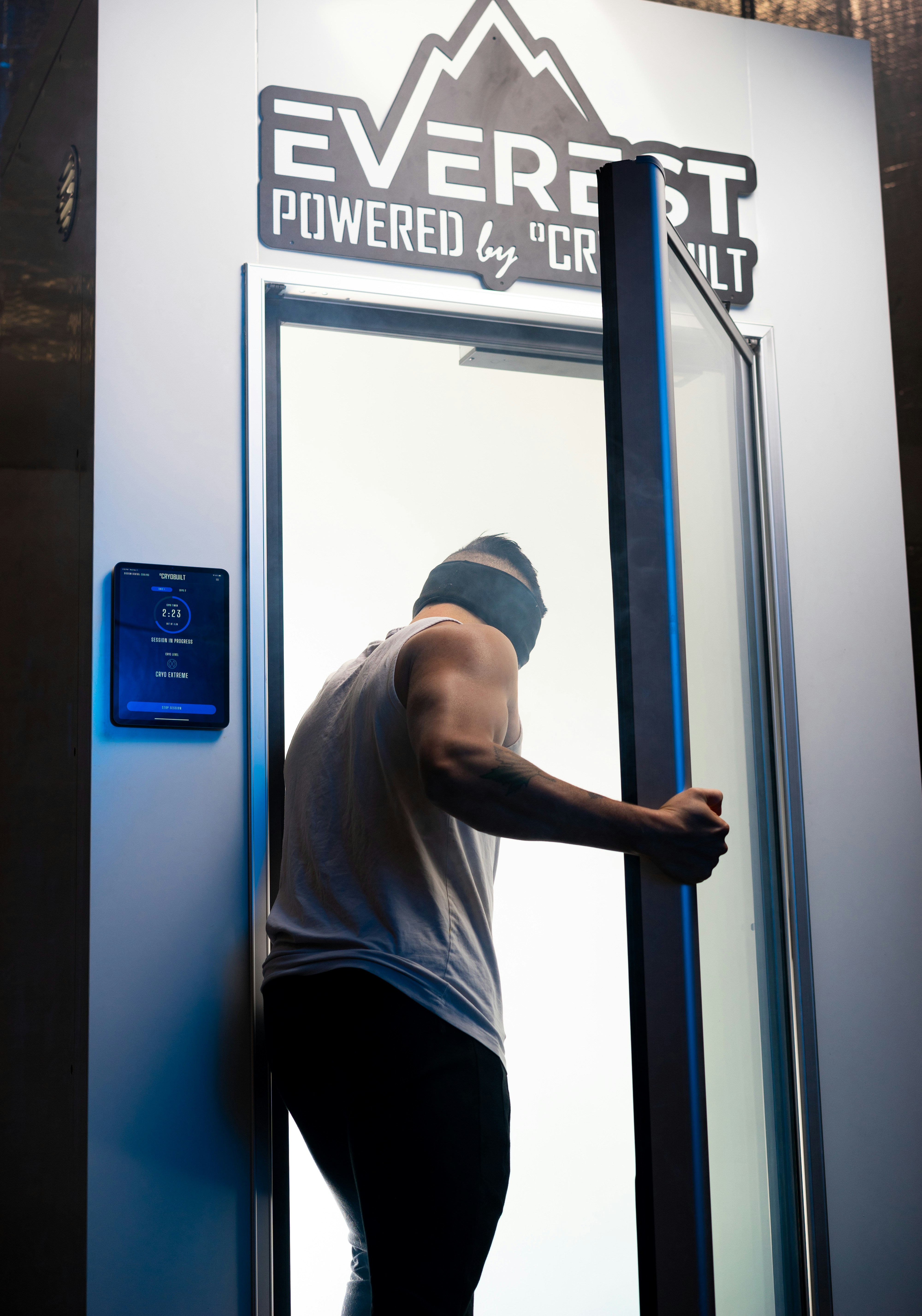Have you ever wondered how applying something as simple as cold to your body can have profound effects on your well-being? It might seem surprising, but cold therapy, also known as cryotherapy, is more than just a tool for athletes nursing an injury. It’s a fascinating field with a particular note of interest in improving nerve function. In this article, we’re going to explore how cold therapy can play an incredible role in optimizing nerve function, making it a must-know for anyone keen on enhancing their physical health.
Understanding Nerve Function
What are Nerves?
To understand how cold therapy benefits your nerves, let’s start with what nerves really are. They are essentially the body’s communication network. Put simply, nerves are made up of fibers that transmit electrical impulses among your brain, spinal cord, and other parts of your body. They control everything from your sense of touch to more complex activities like muscle movement and sensory perceptions.
The Vital Role of Nerves
Nerves are not just about making your limbs move or giving you the ability to feel; they are crucial for regulating a wide variety of body functions. From autonomic functions like heartbeat and digestion to voluntary actions like running and painting, nerves are central to your well-being. Any impairment in your nerve function can directly affect your quality of life, which is why maintaining optimal nerve health is crucial.
What is Cold Therapy?
Defining Cold Therapy
Cold therapy is a technique that involves the exposure of the body to cold temperatures for therapeutic benefits. This can be delivered through various means such as an ice bath, ice packs, cryo chambers, or even simple cold showers.
The Science Behind Cold Therapy
When you expose your body to cold temperatures, your blood vessels constrict, which is known as vasoconstriction. It reduces swelling, decreases nerve activity, and ultimately helps to numb perfectly targeted areas of pain. As the body rewarms, circulation improves, and nutrients flow more freely, helping to speed up the healing process. Understanding this basic mechanism helps explain how it affects nerve functionality.
Cold Therapy and Nerve Function
How Does Cold Therapy Optimize Nerve Function?
One of the pronounced benefits of cold therapy is its potential to optimize nerve function. Imagine a morning when you wake up with a sense of calmness and relief after an injury. Cold therapy helps achieve this through:
-
Reducing Inflammation: By constricting blood vessels, cold therapy limits the inflammatory response. This is crucial in nerve damage rehabilitation as inflammation can exacerbate nerve pain.
-
Minimizing Nerve Excitation: Cold therapy helps slow down the transmission of nerve impulses, making it beneficial for conditions that involve nerve hyperactivity, like neuropathy.
-
Easing Muscle Spasms: Muscle spasms can aggravate nerve function, and cold therapy can offer relief by relaxing the muscles.
Real-World Applications and Research
Though often considered a tool for athletes, cold therapy applications span a wide range of conditions:
-
Trigeminal Neuralgia: Studies suggest that cold therapy can help in alleviating the severe facial pain associated with this condition.
-
Multiple Sclerosis (MS): Used effectively to reduce fatigue in MS patients, which enhances overall nerve function.
-
Peripheral Neuropathy: Cold therapy can reduce the nerve pain that is common in patients with diabetes or undergoing chemotherapy.
Different Methods of Applying Cold Therapy
Ice Packs and Gel Packs
The most common forms of cold therapy, these are easily available and simple to use. They are perfect for localized nerve issues, like a sprain or a muscle pull.
Cryo Chambers
These chambers expose the entire body to extremely low temperatures for a brief period. This method is quickly gaining popularity not only among athletes but also within broader health and wellness circles.
| Method | Duration | Temperature | Benefits |
|---|---|---|---|
| Ice Packs | 10-15 mins | 32-40°F (0-4°C) | Reduces localized pain and swelling |
| Cryo Chambers | 2-3 mins | -166 to -220°F (-110°C to -140°C) | Systemic benefits, reduces inflammation |
| Ice Baths | 6-8 mins | 50-59°F (10-15°C) | Eases muscle soreness and improves circulation |
Cold Showers and Baths
These are convenient and accessible options for incorporating cold therapy into your daily routine and are often recommended for enhancing circulation and minimizing general body aches.
Safety and Precautions
Know the Limits
While engaging in cold therapy, it’s crucial to respect its boundaries. Overexposure to cold can lead to frostbite or nerve damage rather than nerve optimization. Always follow guidelines for duration and temperature.
Who Should Avoid Cold Therapy?
Before you rush to implement cold therapy, take note that not everyone is an ideal candidate. People with conditions like poor circulation, cardiovascular issues, or certain chronic illnesses should check with a healthcare professional before trying cold therapy.
The Future of Cold Therapy
Emerging Research and Technologies
Research is continually uncovering new ways in which cold therapy might influence nerve function and overall well-being. With technological advancements, innovative cold therapy methods continue to surface, offering exciting prospects for the future. These might include targeted cryotherapy treatment, which promises precision in enhancing nerve function without affecting surrounding tissues.
Cold Therapy in Everyday Subliminal Practices
Incorporating cold therapy into daily routines could soon parallel common practices such as regular exercise and balanced nutrition. As research evolves, you might just find yourself regarding cold therapy not as a remedial measure but as a daily habit for optimal nerve function.

Conclusion
Who knew that something as basic as cold could be pivotal for your nerve health? By paying heed to simple, effective methods of cold therapy, you can embark on a journey towards optimal nerve function and well-being. So next time you reach for an ice pack or contemplate a quick cold shower, remember you’re not just cooling off; you’re enhancing your nerve vitality. Whether it’s through quick, routine applications or emerging innovative therapies, cold therapy stands as a promising ally in the quest for better nerve function.




